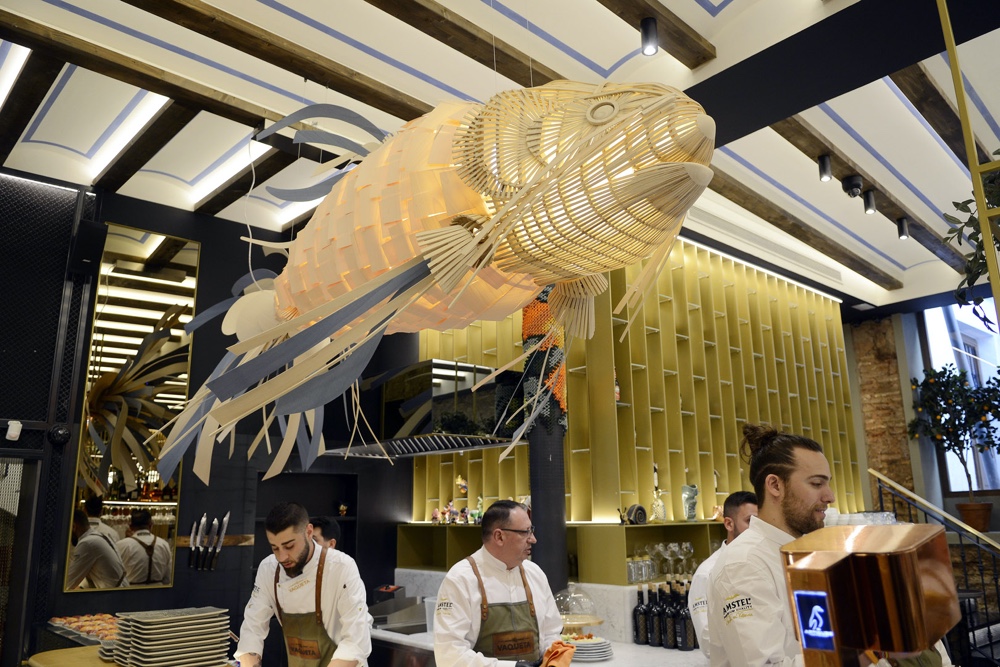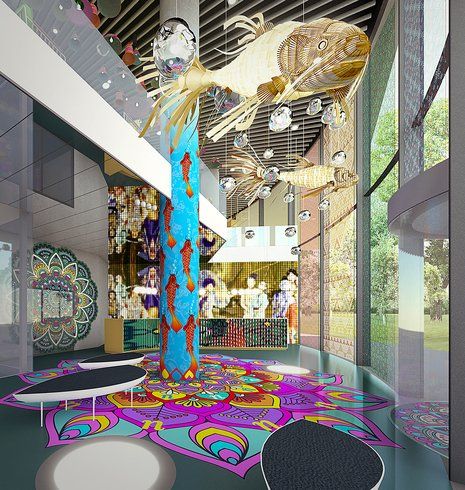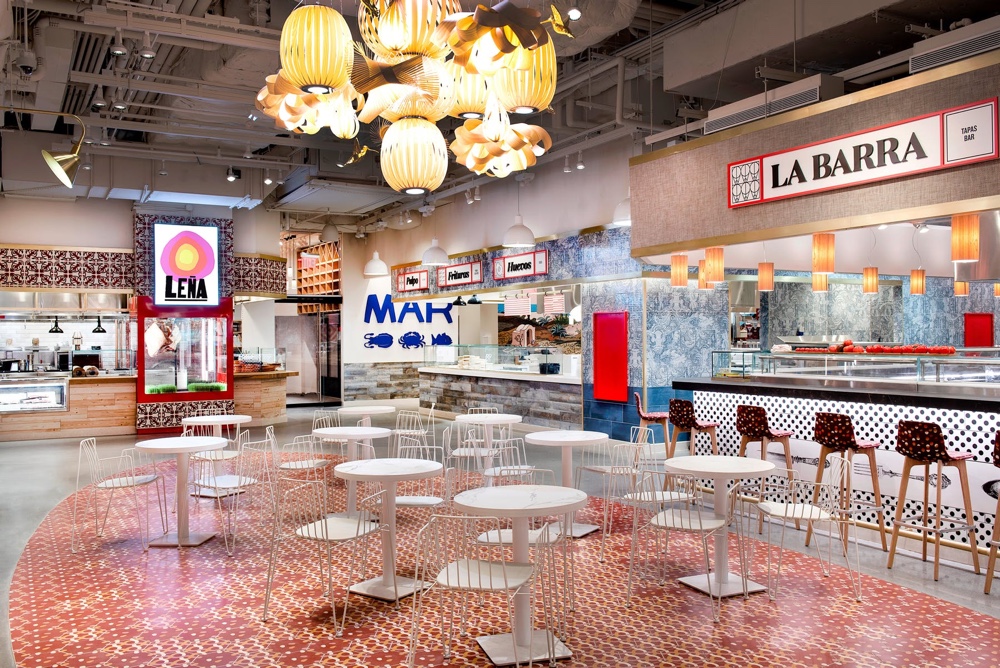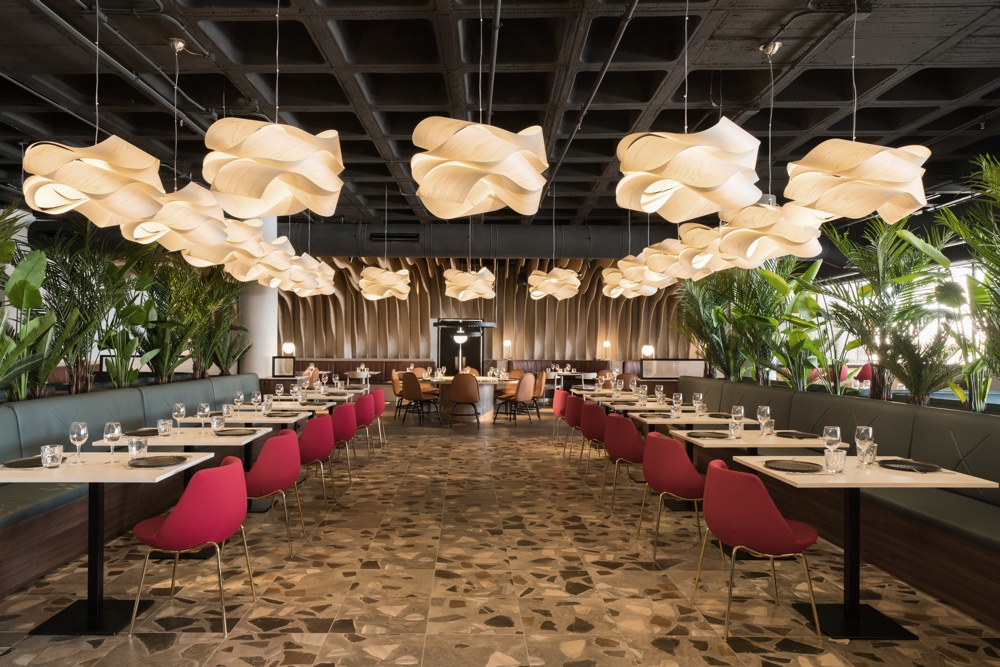In Andalucía, Spains’s southernmost region, the small Spanish resort of Marbella has been called the playground of Europe’s rich and famous, and the Costa del Sol’s bastion of bling. Marbella’s ‘golden mile’, replete with star-studded clubs, high-end restaurants, and big-budget hotels, and its flashy Puerto Banús marina, make the sunny resort a magnet for wealthy tourists. But Marbella is a tale of two cities, and its old town is especially charming. Tucked away in one of the narrow lanes, savvy travellers will find Hotel Claude, a wonderful new boutique hotel, housed in a refurbished seventeenth-century manor house.

Hotel Claude Marbella.
At its core, Hotel Claude epitomises the spirit of Andalucía, capturing the region’s light and colour, atmosphere and charm. The building’s careful restoration maintains many of its Moorish architectural details, and encapsulates a sense of its erstwhile heady days. The house was once owned by Eugénie de Montijo (born in Granada in 1826), the last Empress of the French and wife of Napoleon III: she was sent into exile between England, Spain, and southern France, following the fall of the Empire in 1870 and the death of Napoleon III in 1873. After de Montijo’s death in 1920, the house fell into disrepair. In the 1970s, it became the home of French opera singer Claude Devoize and her husband. Throughout that decade, and until the mid-1980s, the house would enjoy many soirées, with opera rehearsals, literary events, and society dances.

Hotel Claude’s Moorish architectural charm.

Terraces at Hotel Claude.

‘The Chic’ room at Hotel Claude.
Today, Hotel Claude takes its name from its former opera singing occupant. Billed as Marbella’s first boutique hotel, its seven rooms were designed to convey the unique spirit of Andalucía, from the colourful patios of Córdoba to the Nasrid opulence of Granada. At its heart, the elegant patio gallery is reminiscent of a typical Andalusian patio. In the hotel’s own description, it describes the patio as being ‘topped by an artistic and decorative piece, floating on high and emerging as a surrealistic creature, [one] that could have been dreamt up by [Salvador] Dalí himself in his legendary Marbella nights.’ That ‘artistic and decorative piece’ is in fact LZF’s own ethereal and surreal Kogoi (son of the life-size Koi). Designed by Inocuo The Sign & LZF Lab, Hotel Claude marks the first installation of LZF’s Kogoi.

Working with Lord Designs Interiors (the studio leading Hotel Claude’s interior design), LZF proposed the inclusion of its Kogoi in the hotel. With Marbella’s prominence as a seaside town, the hotel’s owners wanted something that represented a nautical theme, as well as Andalucía’s famous Pescaíto frito (a traditional dish of ‘fried little fish’). The Kogoi is now very much at home in its new abode, surrounded by many original seventeenth-century pieces, unique artworks, and the spirit of Madame Claude Devoize herself.

Kogoi is made by hand, employing traditional Valencian carpentry skills. The overlaying of wooden slats, similar to fish scales, is dubbed the ‘Koi Fabric’.














